History of UK Coins
02/03/2024Daniel Fisher
Free & fully insured UK Delivery. Learn more
Secure & flexible payments. Learn more

Buyback Guarantee Learn more
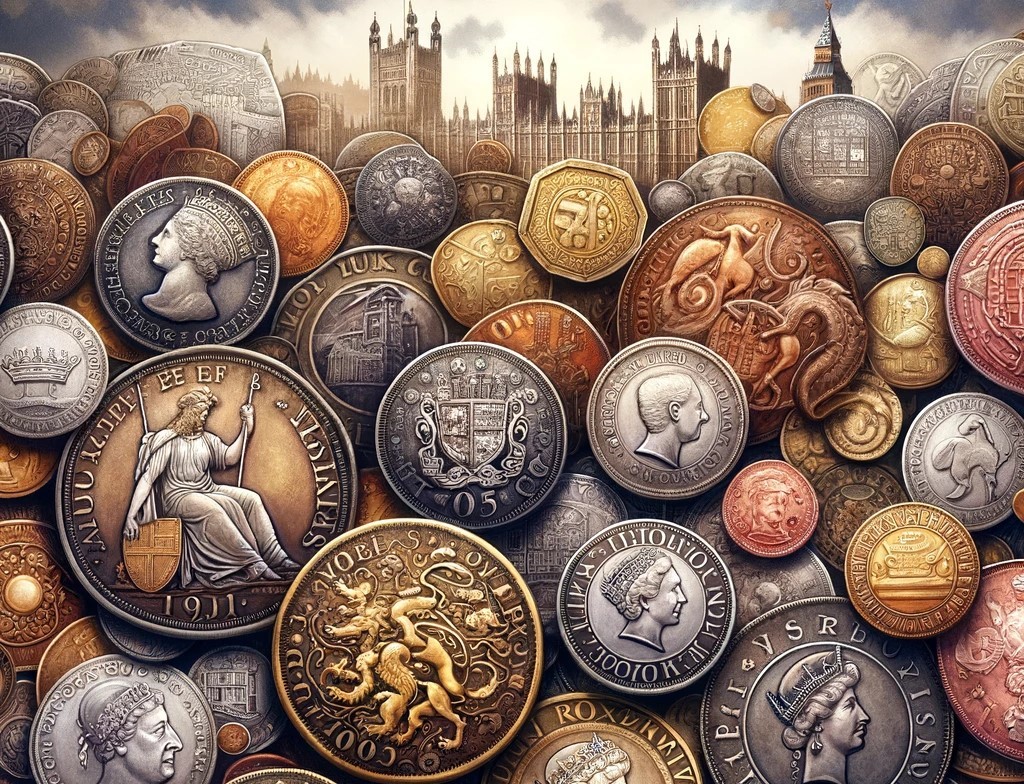
Coins hold a fundamental role in our daily lives, facilitating transactions and symbolizing economic stability. From purchasing goods to saving for the future, these small metal tokens have been essential in commerce for centuries. In the United Kingdom, the history of coins is rich and varied, reflecting the nation’s economic evolution and cultural heritage.
Beyond their face value, some coins hold a value far exceeding their legal tender. Bullion coins, made from precious metals like gold and silver, are coveted by collectors and investors alike for their intrinsic value. Similarly, commemorative coins, minted to mark significant events or honour individuals, often hold sentimental and historical worth beyond their nominal value.
The evolution of UK coins reflects not only economic shifts but also cultural changes throughout history. From the intricately designed coins of medieval times to the modern pound sterling, each iteration tells a story of innovation, power, and national identity.
While coins remain a staple of modern currency, the number of circulating coins in the UK today is significantly fewer than in previous eras, particularly before the adoption of decimal currency. As we move deeper into the digital age, we question the role that UK coinage may play in our future everyday lives.
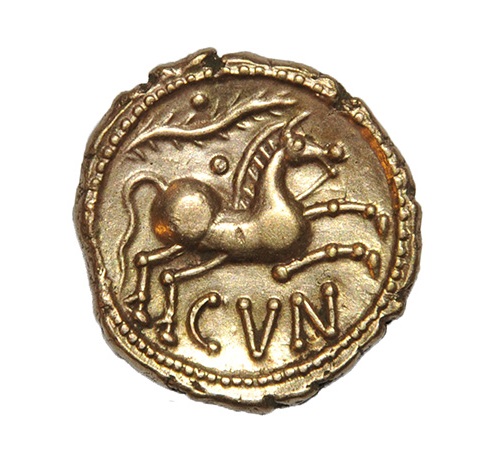
The concept of coinage first appeared in the British Isles from overseas in the mid second century BC. Gallo-Belgic staters entered these shores as a consequence of trade between the Celtic tribes in Britain and Gaul. These coins, characterized by their distinctive designs and craftsmanship, played a crucial role in facilitating trade and exchange among ancient Britons and their continental counterparts.
Their obvious utility led to additional coins being produced domestically, initially as replicas of the Gall-Belgic coins, but soon they featured unique designs featuring various tribal leader portraits. Early coins were produced in potin, created from a tin and copper alloy.
During their occupation of Britain, which began in AD 43, the Romans brought with them an essential aspect of their civilization: Roman coinage. Roman coins became the primary currency in Britain, replacing the barter system previously used by the native Britons and the limited use of earlier Celtic coins.
This introduction of coins to all parts of the UK, rather than being confined to just the South, revolutionized trade and commerce, providing a standardized medium of exchange that facilitated economic growth and stability. It spelt the end of any domestic coin production as coins were minted in Rome or the provincial mints.
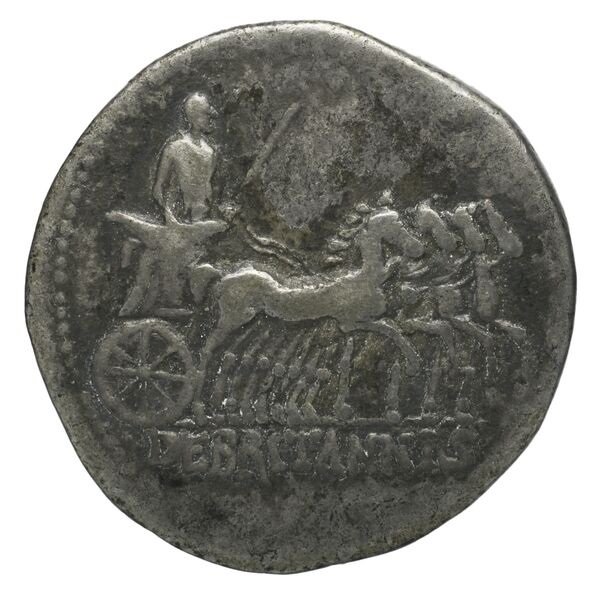
Roman coins circulating in Britain during the occupation were primarily Denarii, Sestertii, and Aurei, made from various metals such as silver, bronze, and gold.
These coins bore the likenesses of Roman emperors, mythological figures, and symbols representing the power and authority of Rome. Their widespread use across the province further solidified Roman influence and control over Britain’s economy.
The Roman occupation of Britain lasted for centuries, leaving a lasting imprint on British culture, including its monetary system. Even after the Romans withdrew from Britain in the early 5th century, their coinage continued to influence subsequent British monetary systems. The concept of minting coins for widespread circulation persisted, laying the groundwork for the development of indigenous British coinage in the centuries to come.
During the early medieval period, Anglo-Saxon England saw the development of its own coinage system. Anglo-Saxon pennies, often made of silver, were the primary denomination minted during this time. These coins featured intricate designs and symbols, reflecting the cultural and religious beliefs of the Anglo-Saxon kingdoms. The minting of pennies played a crucial role in facilitating trade and commerce within England and beyond its borders.
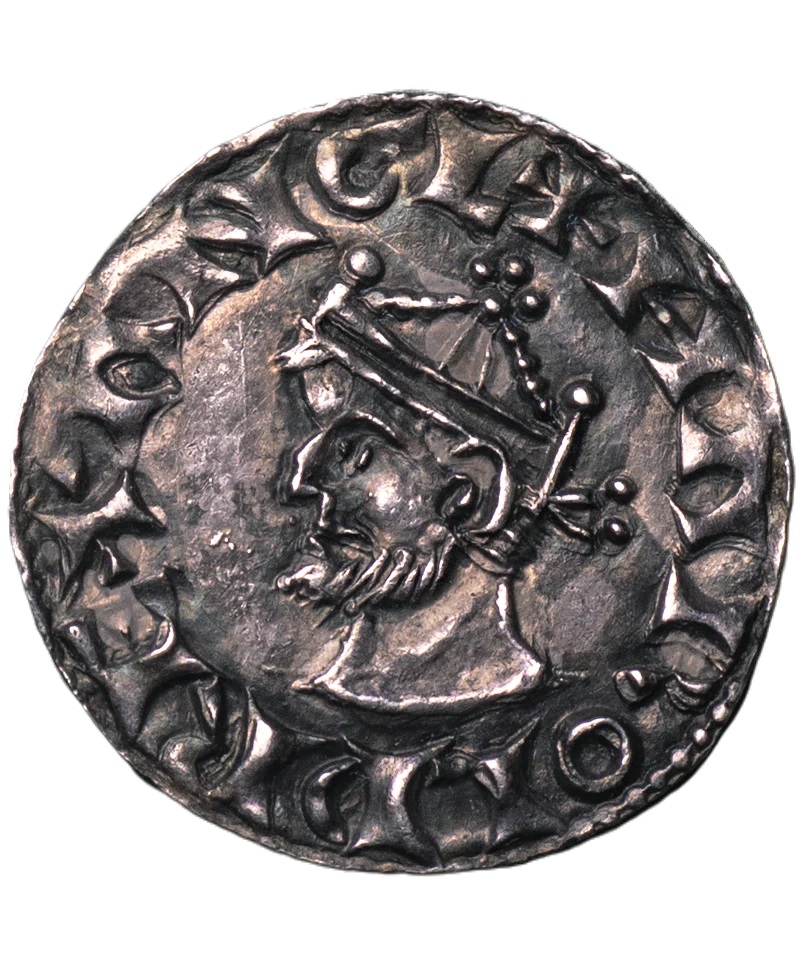
Following the Norman Conquest of England in 1066, significant changes occurred in the country’s coinage. William the Conqueror introduced the silver penny as the standard currency, replacing the various regional coinage systems that had existed previously.
The silver penny became the backbone of the English monetary system for centuries, providing a stable medium of exchange for everyday transactions.
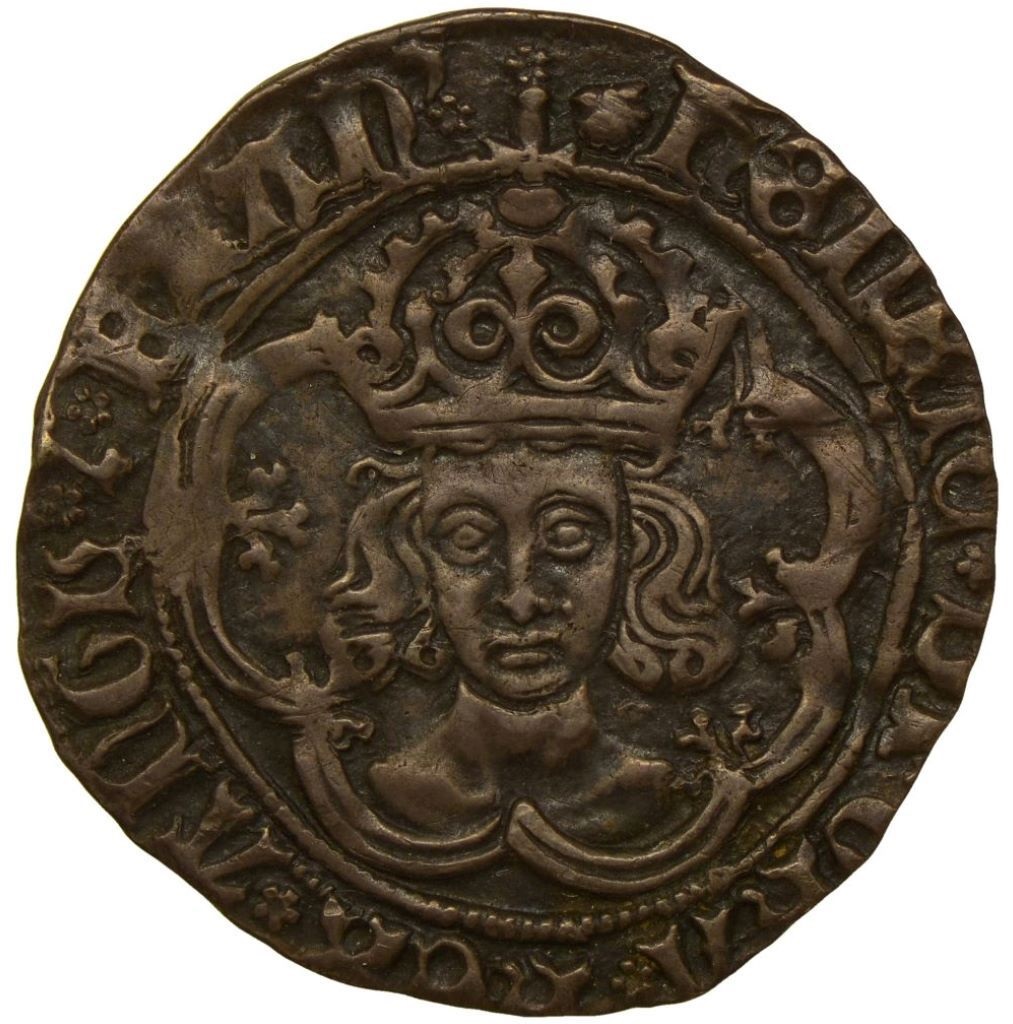
The Tudor period witnessed a renaissance in English coinage, marked by significant advancements in design and production. Tudor sovereigns, such as Henry VII and Henry VIII, introduced new denominations and designs to reflect the power and prestige of the monarchy.
Gold coins, including the sovereign and angel, were minted alongside silver denominations, further expanding the range of currency available in England. This era saw the emergence of coinage as not only a means of economic exchange but also a symbol of royal authority and national identity.
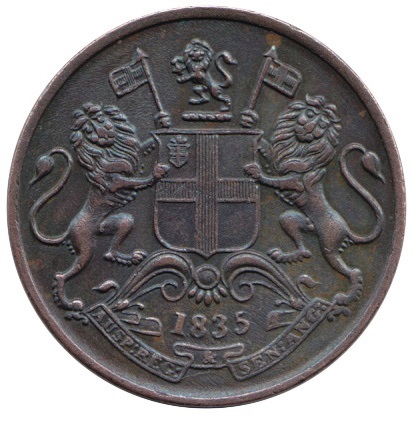
During the Colonial Era of the 18th and 19th centuries, the British Empire expanded its reach across the globe, establishing colonies and trading posts in various continents.
This expansion had a profound impact on British coinage, as the need for standardized currency became crucial for facilitating trade and administration within the empire.
British coins, such as the British East India Company coins and the colonial currency issued for places like India, Africa, and the Caribbean, circulated widely in colonies, serving as a symbol of imperial power and influence.
To meet the demands of its growing empire, the British Mint introduced new denominations and designs tailored to the needs of different regions. Colonial coins often featured unique designs and inscriptions, reflecting the cultural diversity and heritage of the territories where they were circulated. For example, the British West Africa coins issued in the early 20th century featured depictions of local flora and fauna alongside British monarchs, representing the union of colonial and indigenous elements.
The minting of coins in colonial territories presented various challenges, including the availability of raw materials and the maintenance of consistent quality standards. To overcome these obstacles, colonial mints experimented with new production techniques and materials, such as copper and bronze alloys. Despite these challenges, colonial coinage played a crucial role in fostering economic growth and integration within the British Empire, leaving a lasting legacy on the numismatic history of the colonies.
Insider Tips to Ensure You Buy the Right Coins
In the aftermath of the Napoleonic Wars, Britain faced significant economic challenges, including a shortage of silver and an abundance of worn and counterfeit coins. To address these issues, the British government initiated the Great Recoinage of 1816. This recoinage effort aimed to standardize the country’s currency by introducing new, uniform coinage made of high-quality silver. The 1816 Recoinage marked a significant transition in Britain’s monetary system, laying the foundation for a more stable and reliable currency. It was also at this time that the Gold Sovereign was reissued with a face value of one Pound as legal tender.
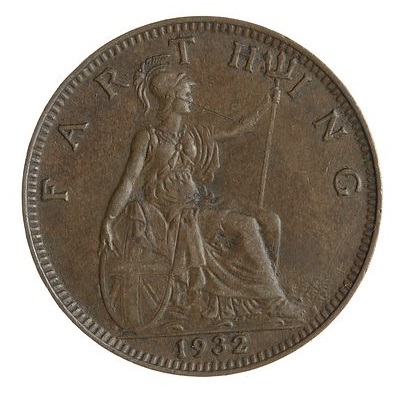
Prior to decimalization in 1971, the British monetary system operated on a pre-decimal basis, with pounds, shillings, and pence as the primary denominations. One pound was equal to twenty shillings, and one shilling was equal to twelve pence.
Additionally, there were smaller denominations such as the farthing, worth one-fourth of a penny. This complex system of currency, rooted in centuries of tradition, was gradually phased out in favour of a more straightforward decimal system.
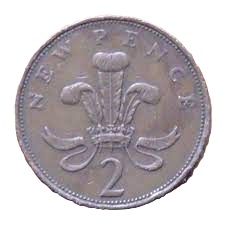
The transition from pre-decimal to decimal currency was a significant milestone in Britain’s modernization efforts. On February 15, 1971, Decimal Day, the country adopted a new decimal currency system based on multiples of ten. Under this system, one pound was divided into one hundred new pence.
The introduction of decimal currency simplified everyday transactions, making calculations easier for consumers and businesses alike. Decimalization marked a decisive step towards modernity, reflecting Britain’s readiness to embrace change and adapt to the evolving needs of a globalized world.
During the Industrial Era, Britain experienced significant advancements in technology, trade, and finance. These changes necessitated a modernization of the country’s coinage system to accommodate the growing demands of a rapidly industrializing society. The Royal Mint introduced new manufacturing processes and materials, such as copper-nickel alloys, to produce coins more efficiently and cost-effectively. This evolution in coinage reflected Britain’s position as a global economic powerhouse and paved the way for further innovations in monetary policy.
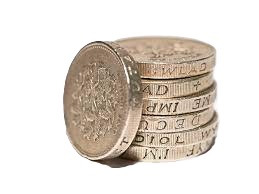
In 1971, Britain undertook a momentous reform with the adoption of decimal currency, marking the birth of the modern pound sterling. Decimalization replaced the old system of pounds, shillings, and pence with a simplified decimal system based on multiples of ten. Under this new system, one pound was divided into one hundred new pence.
Decimalization streamlined transactions and calculations, making it easier for consumers and businesses to navigate the complexities of modern commerce. The introduction of decimal currency was a testament to Britain’s commitment to modernization and its readiness to embrace change in the pursuit of global economic progress.
The modernization of British coinage also brought with it notable designs and features that reflect the nation’s rich history and cultural heritage. From the iconic image of Queen Elizabeth II to symbols of national pride such as the Britannia and the Royal Coat of Arms, modern UK coins showcase a diverse range of artistic expression.
Additionally, commemorative coins minted to mark significant events or honour notable figures serve as tangible reminders of Britain’s past achievements and contributions to the world stage. These coins not only carry monetary value but also hold a symbolic significance that resonates with both collectors and the general public.
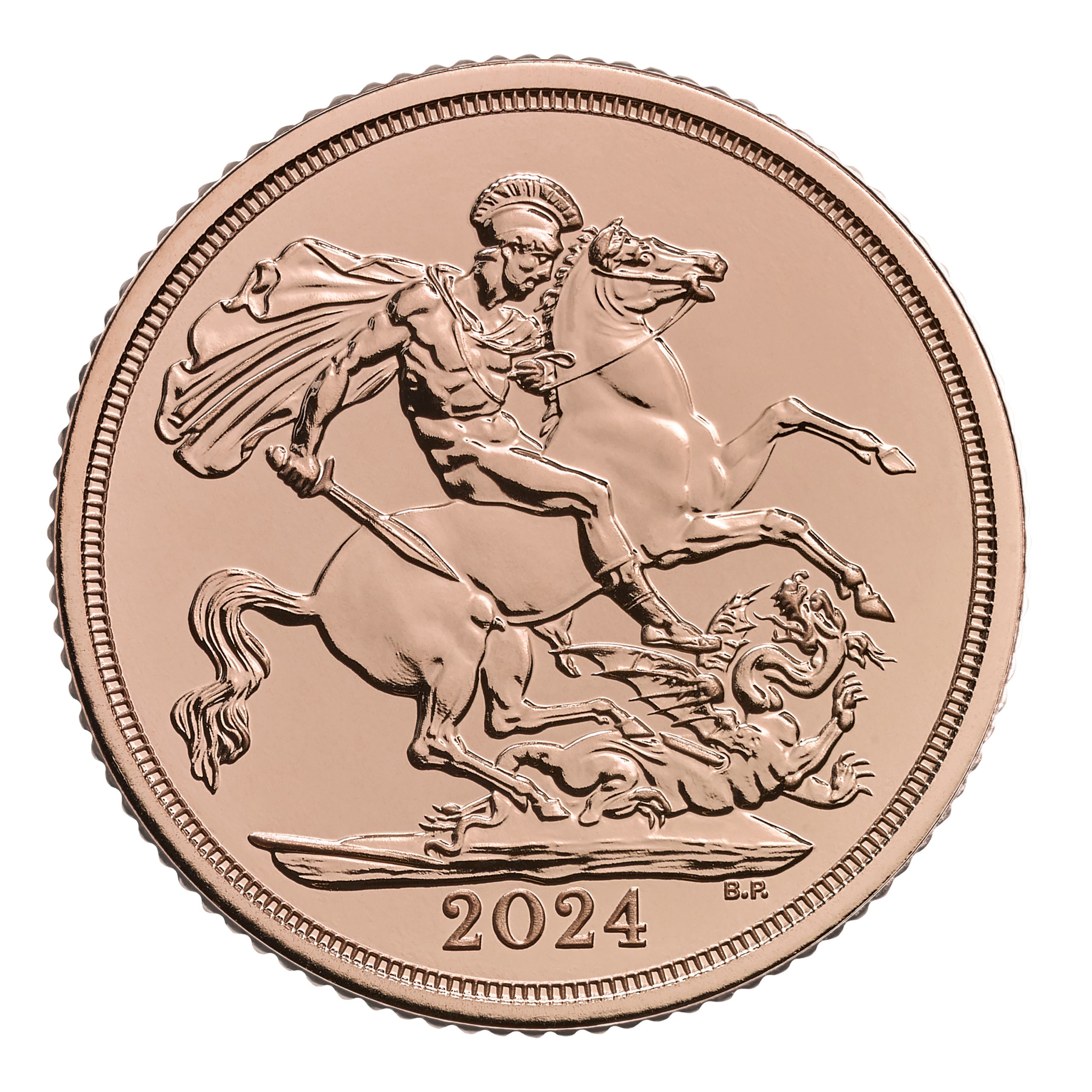
Gold coins have long played a crucial role in the monetary history of the United Kingdom, symbolizing wealth, stability, and prestige. Since ancient times, gold has been valued as an ideal medium for creating coins of enduring worth.
In the UK, gold coins have been minted by monarchs and governments alike, serving as a tangible representation of the nation’s economic prosperity and power on the global stage.
In the 19th and early 20th centuries, the UK operated on the gold standard, where the value of the currency was directly linked to a specific quantity of gold. Under this system, gold coins circulated alongside paper currency, providing a tangible anchor for the country’s monetary system.
The adoption of the gold standard bolstered confidence in the stability of the British pound and facilitated international trade, as gold coins were universally recognized and accepted as a form of payment.
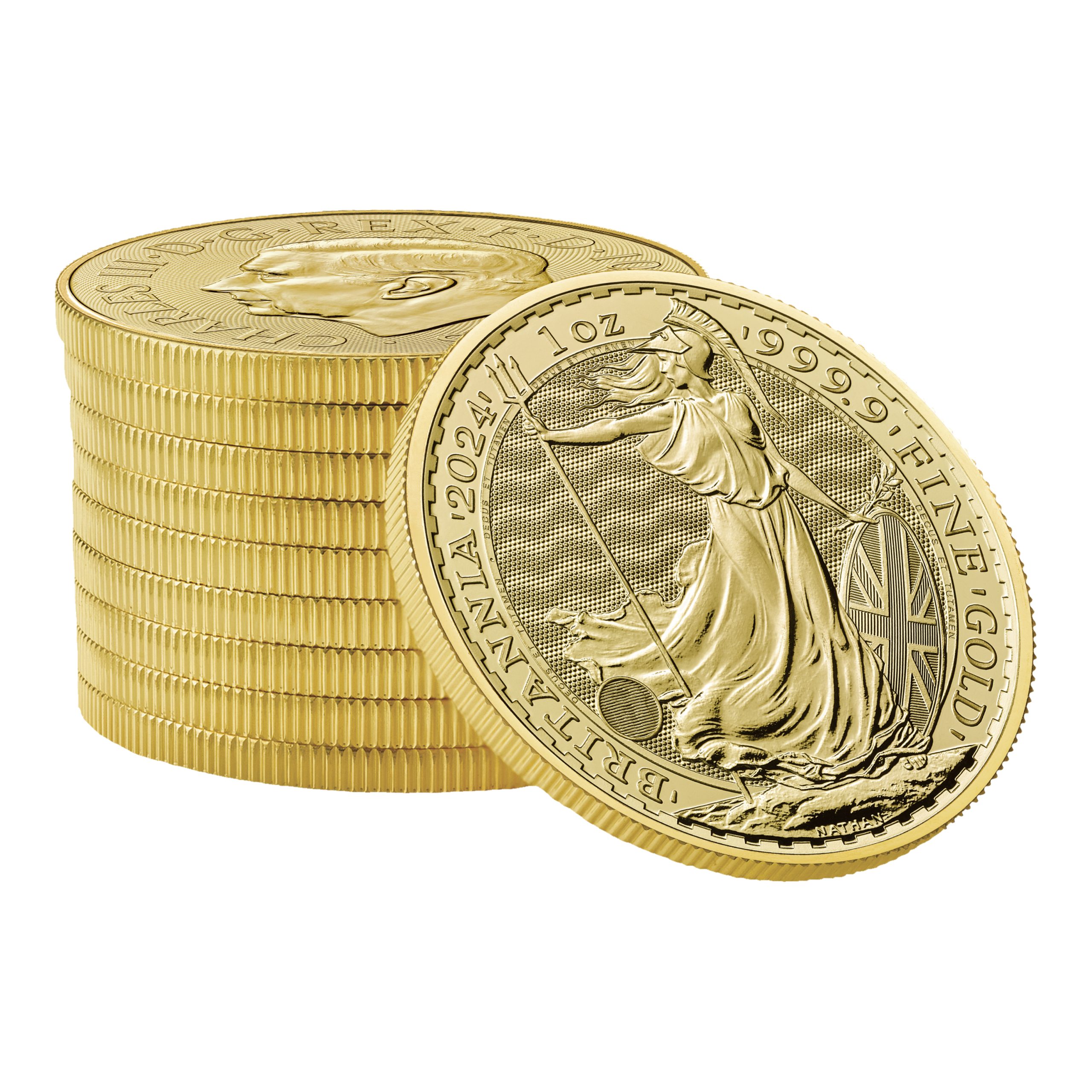
Throughout British history, several notable gold coin issues have been minted, each with its unique designs and historical significance. From the iconic sovereign, first minted during the reign of Henry VII in the 15th century, to the modern Britannia and gold bullion coins produced by the Royal Mint, these coins represent a tangible link to the nation’s past.
Beyond their monetary value, gold coins also hold cultural and numismatic importance, attracting collectors and investors from around the world who seek to own a piece of British history
Even in the digital age, gold coins continue to hold a prominent place in contemporary numismatic culture. Collectors are drawn to gold coins not only for their intrinsic value but also for their historical significance and aesthetic appeal. Commemorative gold coins minted to mark significant events or anniversaries attract attention for their rarity and craftsmanship.
Modern gold bullion coins, such as the Britannia and the Gold Sovereign, remain popular choices for investors, Ironically, many of these investors choose to buy gold coins as they recognize the depreciating value of regular UK currency coins. In an era of uncertainty, gold coins provide a sense of stability and security, serving as tangible assets that retain their value over time.
Our automated portfolio builder will provide suggestions based on various investment objectives.
As we continue to embrace digital innovations and advancements in financial technology, the future of coins in a digital age is a topic of significant interest and speculation.
While physical coins have been a cornerstone of monetary systems for centuries, the rise of digital currencies and cashless transactions raises questions about the relevance and longevity of traditional coinage.
In this section, we explore the potential trajectory of coins in an increasingly digital world and the challenges and opportunities that lie ahead.
Coin collecting, or numismatics, has grown into a popular hobby worldwide, attracting enthusiasts of all ages and backgrounds. The allure of collecting coins lies in the opportunity to explore history, culture, and art through tangible artifacts.
Whether it’s assembling a complete set of coins from a particular era or region, or focusing on rare and valuable pieces, coin collectors derive enjoyment from the thrill of discovery and the satisfaction of building a unique collection.
Commemorative coins play a special role in numismatic culture, as they are minted to honour specific events, individuals, or anniversaries. These coins often feature intricate designs and limited mintages, making them highly sought after by collectors and investors. £5 gold coins are a popular vehicle for such commemorations.
Previous coin reverses celebrate events as varied as monarch birth’s, marriages, and deaths, to special anniversaries of D-Day and the life of JRR Tolkien.
Numismatic societies such as the BNTA play a vital role in fostering a sense of community among coin collectors and enthusiasts. These organizations provide opportunities for education, networking, and collaboration through meetings, conferences, and publications. Numismatic societies also support research and scholarship in the field, contributing to our understanding of coins as historical and cultural artifacts.
Additionally, museums and coin exhibitions curated by institutions showcase rare and significant coins, enriching public appreciation for numismatics and its role in preserving our shared heritage.
Coins were first introduced to Britain around the middle of the second century BC. These early coins were Gallo-Belgic staters imported from overseas as a result of trade between Celtic tribes in Britain and Gaul.
Roman coins hold significant historical importance in Britain as they were introduced during the Roman occupation, which began in AD 43. These coins facilitated trade and commerce, leaving a lasting legacy on subsequent British monetary systems.
The Industrial Era brought significant advancements to British coinage, including new manufacturing processes and materials. This era saw the introduction of copper-nickel alloys and improved production techniques, reflecting Britain’s status as a global economic powerhouse.
The Great Recoinage of 1816 was a major reform of the British currency following the Napoleonic Wars. It involved the standardization of coinage, replacing worn and counterfeit coins with new, high-quality ones made of silver, marking a transition towards modernity in British coinage.
Britain switched to decimal currency on February 15, 1971, a significant milestone known as Decimal Day. Under the new system, the pound was divided into one hundred new pence, simplifying transactions and calculations for consumers and businesses alike.
Image Credits: Wikimedia Commons, Wikimedia Commons, Look and Learn, Flickr, Flickr
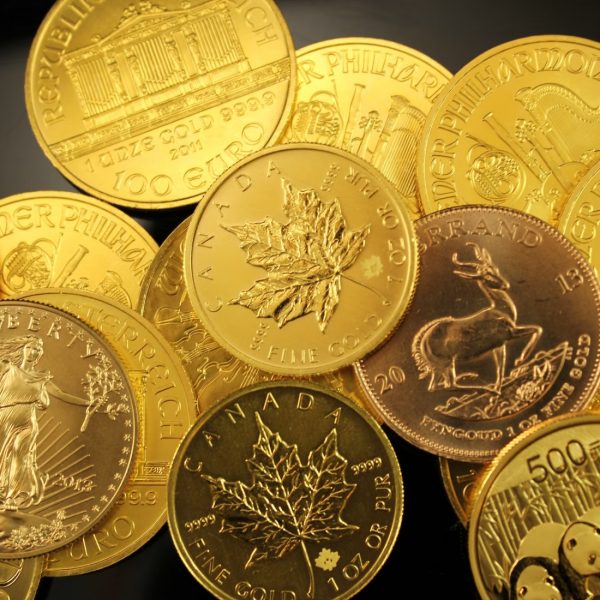
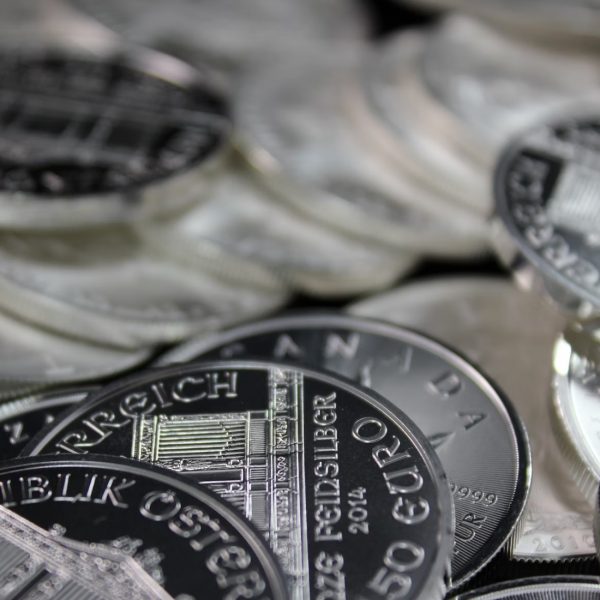
Live Gold Spot Price in Sterling. Gold is one of the densest of all metals. It is a good conductor of heat and electricity. It is also soft and the most malleable and ductile of the elements; an ounce (31.1 grams; gold is weighed in troy ounces) can be beaten out to 187 square feet (about 17 square metres) in extremely thin sheets called gold leaf.
Live Silver Spot Price in Sterling. Silver (Ag), chemical element, a white lustrous metal valued for its decorative beauty and electrical conductivity. Silver is located in Group 11 (Ib) and Period 5 of the periodic table, between copper (Period 4) and gold (Period 6), and its physical and chemical properties are intermediate between those two metals.